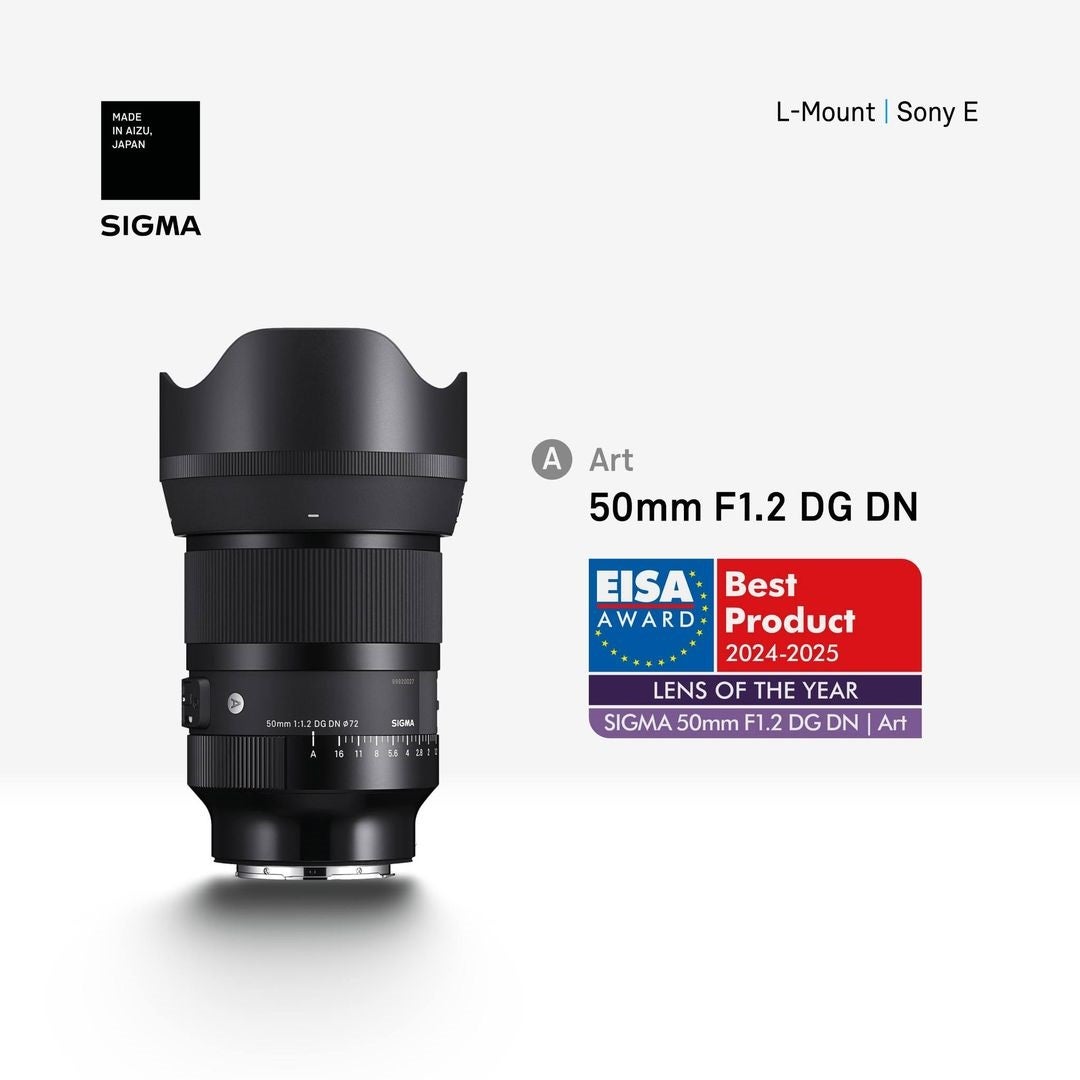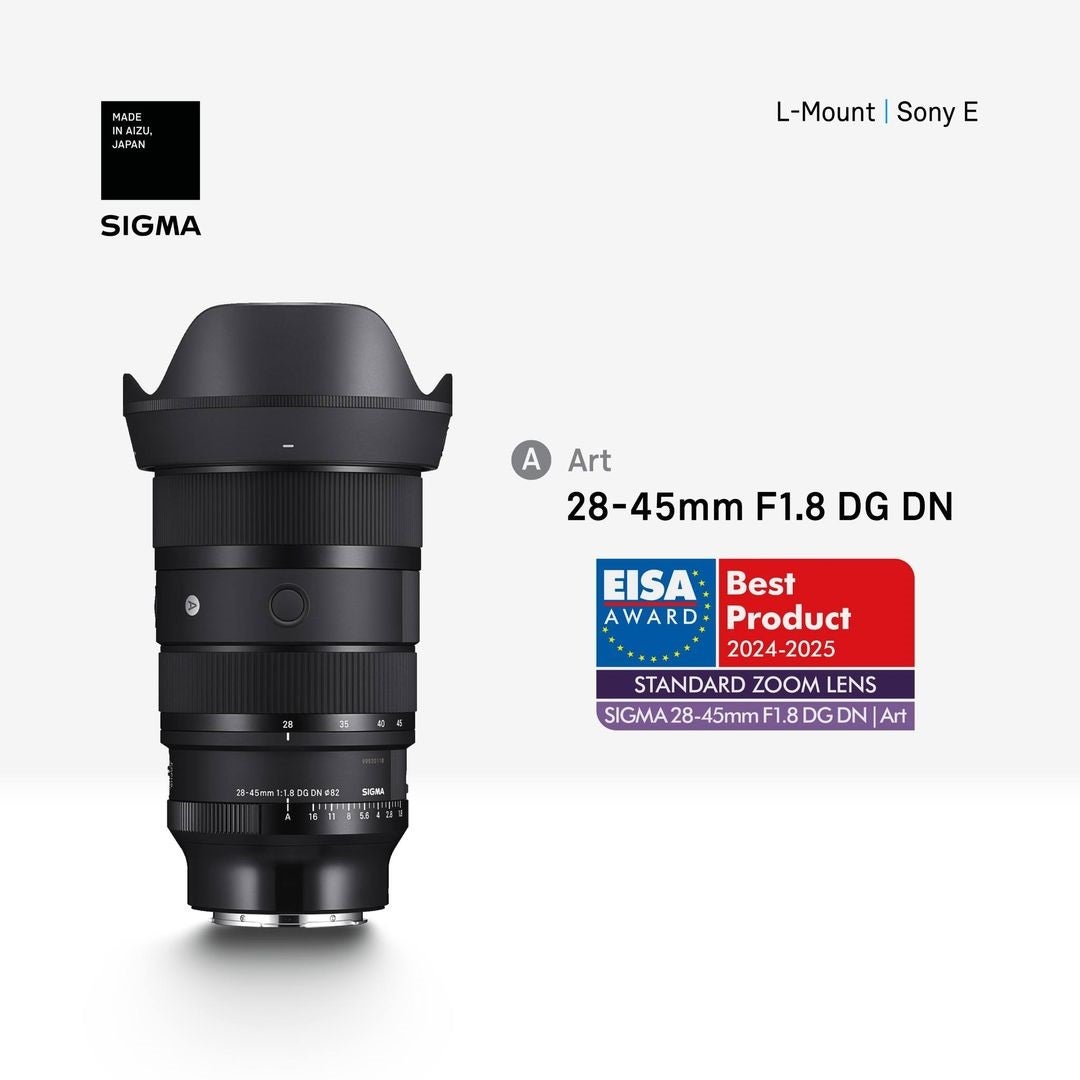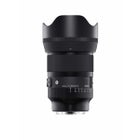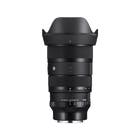EISA awards for SIGMA
The launch of the SIGMA 50mm F1.2 DG DN | Art in March of this year marked a first: despite its extreme brightness, this lens is the lightest in its class. Just under three months later, with the 28-45mm F1.8 DG DN | Art, SIGMA introduced another first, namely the world’s first full-frame zoom lens with a constant maximum aperture of F1.8. This has not gone unnoticed. The first lens recently won a coveted EISA 2024-2025 award, being named Lens of the Year! The 28-45mm was awarded the title of Best Standard Zoom Lens by the EISA jury.
About EISA
EISA is the unique association of 56 special interest magazines and websites from 27 countries. Internationally known for the Expert Imaging and Sound Awards.
The EISA jury report
Lens of the year, SIGMA 50mm F1.2 DG DN | Art
The SIGMA 50mm F1.2 DG DN | Art is a dream lens for every photographer or filmmaker who loves creamy bokeh and shallow depth of field. It offers very high image quality and doesn’t suffer from chromatic aberrations or a lack of contrast, even when used wide open at that large F1.2 aperture. As far as image and build quality are concerned, it goes head-to-head with the best fast lenses from other brands. But it does so with a smaller size, a lighter weight and at a cost-effective price, making the lens more accessible. Autofocus is also quite snappy, focus breathing is low, and the aperture can be de-clicked, making it suitable for filming as well as photography.


Standaard zoom lens, SIGMA 28-45mm F1.8 DG DN | Art
Despite its short zoom range and large size, the SIGMA 28-45mm F1.8 DG DN | Art is an intriguing lens, due to its large aperture and outstanding optical performance, even wide open. It’s the world’s first full-frame zoom with a large F1.8 aperture. For photographers it can replace two or maybe even three prime lenses. For videographers it offers the possibility of getting a shallow depth of field that was previously only possible with primes. With this zoom, they can have all that plus the flexibility of getting exactly the right crop by just twisting the zoom ring. This allows them to go from a wide to a standard shot without having to change lenses. Of course, it’s also a great lens to have when the light is dim.



